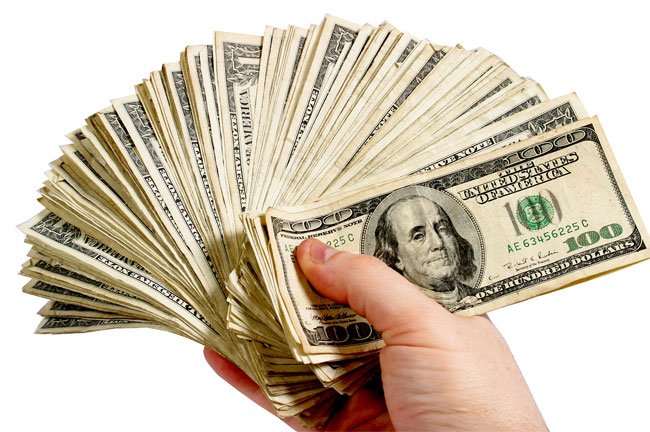Price fixing, although it resembles the strong-armed business approach one might associate with the criminal underworld, is a white collar crime often perpetrated by company executives.
Just as a few local gangs might get together to agree on who gets to operate in which turf or who might handle the prostitution in a certain area, corporate executives get together in conference calls or at high-powered business powwows and settle secret deals on how pricing for various goods and services might be controlled.
That said, price fixing scams can be so far-reaching into a business sector that they can reach gigantic proportions involving some of the world’s best-known companies and some of the biggest dollar amounts ever associated with crime.
Rolling Stone Magazine recently ran a lengthy article on the Libor fixing scandal that could be the largest crime in terms of dollar losses ever committed. The world’s largest banks in the United States, Europe and Asia, including Barclays, UBS, Bank of America, JPMorgan Chase and the Royal Bank of Scotland ,have been caught up in that mess. The actual misdeed was bankers reporting false data to British regulators to try to manipulate the London interbank offered rate, which is supposed to be the average rate banks use when they loan money to each other. But some bankers tried to tip the scales their way to enhance specific deals or to make the bank appear healthier than it was, because a better position is appealing to stockholders.

The problem is that an estimated six trillion dollars in commercial and consumer loans use the Libor as a benchmark rate. Tips the rate one way or another and it affects millions of consumers around the world.
Price fixing scams are frequently put into action by companies that are not exactly household names. Look for Ford Motor Company and price fixing online, for example, and you will see Ford is suing auto part suppliers for price fixing. That’s because companies like Ford are too much in the public eye to fix prices. If they change the headlight design of a car that becomes headline news, let alone trying to sneak a price-fixing scheme past the public.
Instead companies like Toyo Tire & Rubber Co., a Japanese company with a client list that included Toyota, Subaru and Nissan, was charged with fixing prices of anti-vibration rubber parts. In November 2013, Toyo settled with the U.S. Justice Department, agreeing to pay $120 million to have an investigation against it dropped..
A series of settlements over price fixing involving well-known and lesser-known airlines has been announced in recent years, but here, again, it is the air cargo side of the business — a little less visible to the average consumer — that has included, to date, 23 settlements by companies that colluded to control prices on air shipping services.
In February, the global law firm Hausfeld LLP, announced that Cathay Pacific had agreed to pay $65 million to settle charges of price fixing for its shipping services. That added to an already impressive list of class action victories that involved All Nippon Airways, American Airlines, British Airways, SAS, Cargolux, Lufthansa and 15 others who paid fines of $3.2 million (Malaysia Airlines) to $115 million (Korean Air) to settle charges against them. In total, the conspiracy has resulted in $758 million in fines that largely get dispersed to Hausfeld’s class action clients who were cheated by the collusion.
Price fixing impacts consumers in two ways. First, controlling prices generally results in artificially high prices for goods or services. Secondly, price fixing can box out competing companies, which hurts their business, resulting in fewer jobs.
Regulators have recognized that Libor fixing has the potential to due considerable harm to consumers as a class and have doled out fines that are among the largest ever meted out for corporate malfeasance. By the end of 2013, financial firms had coughed up $2.3 billion to settle charges of rate manipulation, including Deutsche Bank and Société Générale, which paid fines of $633 million and $606 million, respectfully, to settle charges against them.
